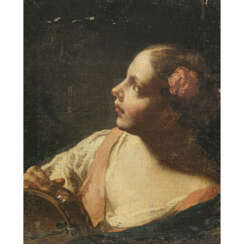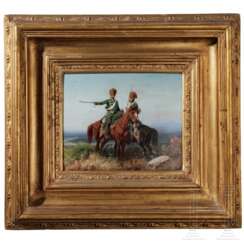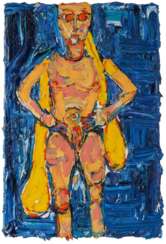5 x 83

Giovanni Battista Piazzetta was an influential Italian painter known for his mastery in the Rococo style, characterized by its subtle coloring and elegant forms in religious and genre subjects. Born in Venice to a sculptor, Piazzetta initially trained in woodcarving before venturing into painting, where he was influenced by the Venetian Baroque painter Antonio Molinari and possibly by Giuseppe Crespi and Caravaggio's dramatic use of light and shadow.
Giovanni Battista Piazzetta's work is renowned for its emotional depth and complex characters, often imbued with a layering of meanings. His notable works include "The Sacrifice of Isaac," "The Annunciation," and "Susanna and the Elders," which showcase his ability to blend religious themes with a strong sense of humanity. Despite not receiving numerous commissions, he made significant contributions through his book illustrations and was a respected teacher, becoming the first director of the Accademia di Belle Arti di Venezia in 1750.
For art collectors and experts, Giovanni Battista Piazzetta's works offer a unique perspective on 18th-century Venetian painting, highlighting his distinctive style and contribution to the Rococo movement. His paintings, which can be found in various museums and galleries, continue to captivate audiences with their intricate details and emotional resonance.
To stay informed about the latest sales and auction events related to Giovanni Battista Piazzetta, consider signing up for updates. This will ensure you remain knowledgeable about opportunities to acquire pieces by this distinguished artist.


Christo & Jeanne-Claude are an art duo, the married couple Christo Vladimirov Javacheff (1935-2020) and Jeanne-Claude Denat de Guillebon (1935-2009), an iconic pair of innovative land-art artists. They are known for their large-scale installations: they are packing great historical landmarks, working with huge spaces and monumental natural objects. Their projects are distinguished by what they call "Americanism" in Europe - that is, something grandiose and large-scale. Christo and Jeanne-Claude's work is in many major public collections.


Edgar Plans is a contemporary Spanish visual artist and graphic designer.


Christopher Wool is an American artist. Since the 1980s, Wool's art has incorporated issues surrounding post-conceptual ideas. He lives and works in New York City and Marfa, Texas, together with his wife and fellow painter Charline von Heyl.
Wool is best known for his paintings of large, black, stenciled letters on white canvases. Wool began to create word paintings in the late 1980s, reportedly after having seen graffiti on a brand new white truck. Using a system of alliteration, with the words often broken up by a grid system, or with the vowels removed (as in 'TRBL' or 'DRNK'), Wool's word paintings often demand reading aloud to make sense.
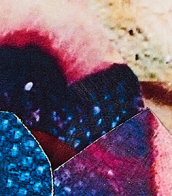

Fred Thieler was a German abstract artist known for his colorful, gestural paintings. He was born in Königsberg, Germany, and studied at the Academy of Fine Arts in Königsberg before moving to Berlin in 1945.
Thieler's early work was influenced by the Expressionist and Surrealist movements, but he soon developed his own unique style characterized by bold colors and dynamic brushstrokes. He often used a palette knife to apply paint to the canvas, creating thick, impasto layers that added depth and texture to his works.
Throughout his career, Thieler participated in numerous exhibitions in Germany and internationally, including the Venice Biennale and Documenta in Kassel. He was also a member of the influential German art group "Quadriga," which included artists such as Bernard Schultze, Karl Otto Götz, and Otto Greis.
In addition to painting, Thieler also worked as a graphic designer and a teacher. He was a professor at the Academy of Fine Arts in Berlin from 1965 to 1981, where he had a significant impact on the next generation of German artists.
Thieler's work can be found in many private collections and museums, including the Museum of Modern Art in New York, the Stedelijk Museum in Amsterdam, and the Museum Ludwig in Cologne.


Robert Frank was a Swiss photographer and documentary filmmaker, who became an American binational. His most notable work, the 1958 book titled The Americans, earned Frank comparisons to a modern-day de Tocqueville for his fresh and nuanced outsider's view of American society. Critic Sean O'Hagan, writing in The Guardian in 2014, said The Americans "changed the nature of photography, what it could say and how it could say it. it remains perhaps the most influential photography book of the 20th century." Frank later expanded into film and video and experimented with manipulating photographs and photomontage.


Marc Chagall (Russian: Марк Заха́рович Шага́л), born Moishe Shagal in 1887 near Vitebsk, Belarus (then part of the Russian Empire), was a Belarusian and French artist celebrated for his pivotal role in the avant-garde movement and his unique integration of Eastern European Jewish culture into modern art. His contributions spanned several artistic formats including painting, stained glass, stage sets, ceramics, tapestries, and fine art prints. Chagall's early modernist tendencies were enriched by his experiences across Saint Petersburg, Paris, and Berlin before World War I, leading to a distinctive style that melded Cubism, Symbolism, and Fauvism with his Jewish heritage.
Chagall's work is recognized for its emotional depth, often exploring themes of love, memory, and Jewish folklore through vibrant colors and dreamlike imagery. Notably, art critic Robert Hughes described him as "the quintessential Jewish artist of the twentieth century," a sentiment echoed by art historian Michael J. Lewis who regarded Chagall as a significant figure within European modernism and as the world's preeminent Jewish artist of his time.
Among Chagall's famed contributions are his stained-glass windows for the cathedrals of Reims and Metz, the UN, and the Jerusalem Windows in Israel. His monumental paintings include parts of the ceiling of the Paris Opéra and works that explore biblical themes, a hallmark of his oeuvre that underscores his enduring engagement with spiritual and religious motifs.
For art collectors and antiques experts, Chagall's works are notable not only for their artistic innovation but also for their rich cultural and historical significance. His art is housed in many prestigious museums worldwide, including the Marc Chagall National Museum in Nice, France, which focuses on his works inspired by religion and houses the series of paintings illustrating the biblical message.
For those interested in exploring Chagall's legacy and the vibrant intersection of culture, art, and history his work represents, signing up for updates on new product sales and auction events related to Marc Chagall can provide invaluable insights and opportunities. This is an invitation to engage more deeply with the world of art and culture that Chagall so uniquely encapsulated in his work.
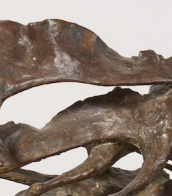

Felix Droese is a contemporary German artist, illustrator, sculptor and photographer.
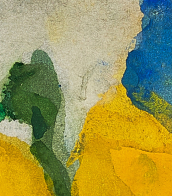

Dirk Brömmel is a German subject photographer. He lives and works in Wiesbaden, Germany.

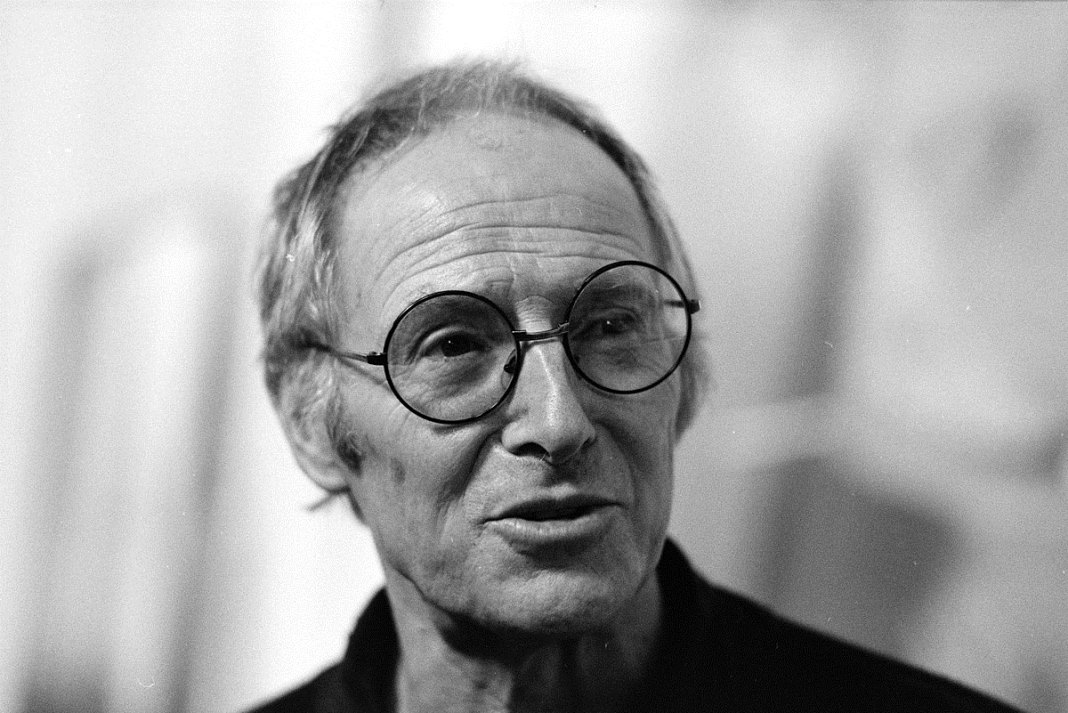
Lei Molin or Leopold Hubertus Molin was a Dutch painter, draftsman, engraver, and sculptor.
He was educated at the School of Applied Arts in Maastricht and at the Académie Julian in Paris. In the early period Molin worked in the style of Impressionism. Later, while living in North Holland, he joined the so-called Amsterdam Limburgers.


Amud Uwe Millies was a German expressionist painter.
Instead of taking over his father's business, young Millies became interested in painting. He traveled extensively throughout Europe, was in Nepal, and he documented each country vividly, transferring nature and people's way of life onto canvases.
Amud Uwe Millies was an active member of the "Black House" (Schwarzes Haus) in Solingen, a creative salon for artists, writers and intellectuals of his time.


Lei Molin or Leopold Hubertus Molin was a Dutch painter, draftsman, engraver, and sculptor.
He was educated at the School of Applied Arts in Maastricht and at the Académie Julian in Paris. In the early period Molin worked in the style of Impressionism. Later, while living in North Holland, he joined the so-called Amsterdam Limburgers.





